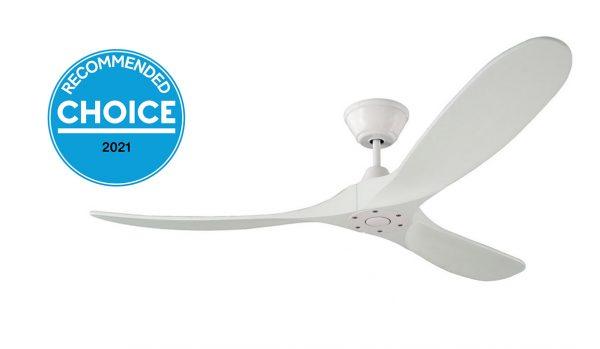While most of us associate the ceiling fan with being a summer accessory, you can bring about major improvements in your home comfort by adjusting the ceiling fan direction. As per the U.S. Department of Energy, ceiling fans should spin clockwise during winter and anti-clockwise during summer for keeping your overall energy bills low.
Usually, the ceiling fans are accompanied by a remote or wall control. There is a button that can help easily change the direction of your fan blades. At times, your fan might not have either of these. In such instances also you can change the fan direction by locating the toggle switch and flipping it in the opposite direction. This switch is generally located either above or below the blades on the fan’s motor.

However, it becomes imperative to turn off the fan before finding the switch. Once the blades come to a complete halt, climb up a ladder and locate the switch. You might require a taller ladder if the fan is positioned very high. The feet of the ladder should rest securely on the ground. You can also ask your partner to steadily hold the ladder while climbing up.
During the summer months, your fan blades should spin in a counter-clockwise direction. This motion will help in pushing the air down into the room so that you can enjoy a gentle breeze. Similarly, the fan should spin clockwise in colder winter. This reverse spinning will pull the air towards the ceiling to allow proper air circulation in your room without experiencing a chilly breeze. With the fan blades whipping around, it can be hard to say which direction they are moving in. But you can make out the direction by turning the fan to its highest speed. Change the direction until you can feel a breeze. If you can feel the air blowing down, then this signifies the fan moving in a counter-clockwise direction to get you summer-ready.
If you can’t feel the breeze in either of the two directions, then this signifies that the fan is positioned too high for creating a breeze that can be felt or your ceiling is vaulted. In such cases, you should stick to the counter-clockwise direction of summer throughout the year. For homeowners who do not have a high ceiling but not enjoying a breeze, their fan either needs replacement or has faulty manufacture. A potent sign of an ineffective blade pitch or a substandard motor is a lack of ventilation.
Read on to know about three scenarios where you might be required to deviate from the clockwise direction in winter and counter-clockwise direction in summer:

- If the fan is mounted too high above the room, you won’t be able to feel the breeze. In such cases, rather than changing the blade direction, your aim should be to improve your room’s air circulation by keeping it in a counter-clockwise direction at all times.
- We often use the table to play games, eat and carry out paperwork. In such scenarios, the last thing you would want is to get interrupted by is a heavy breeze directed from a fan above your head. Putting your ceiling fan in clockwise direction will help pull the air up so that you can work, eat and play peacefully.
- Some people don’t like the cooling breeze blowing above them while they sleep. In such cases, you can keep your fan in a clockwise direction.
Conclusion
Homeowners can bring down their electric bills up to 40% by using their ceiling fan during the summer months. This is attained by reducing the number of times the AC is switched on. You can either forego the AC or set the thermostat up to 4 degrees higher and allow the fan breeze to cool the entire room.






